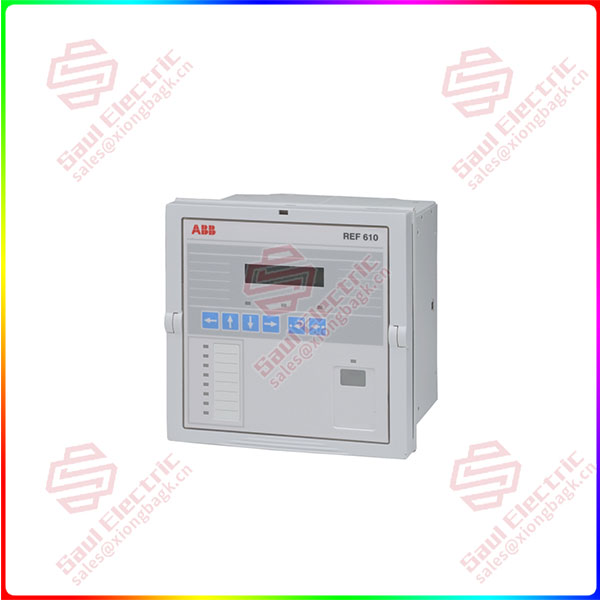The role of industrial computer
Production process monitoring and control: Industrial computer monitors, analyzes and controls various equipment, sensors and actuators on the production line to ensure the stability, reliability and efficiency of the production process. It can detect equipment failures, abnormal conditions or security risks and take measures to ensure the safety of the working environment and equipment.
Data acquisition and processing: The industrial computer can be connected to various sensors for real-time acquisition and processing of environmental parameters, such as temperature, pressure, flow, etc. Through the high flexibility and accuracy of the industrial computer, the collected data can be analyzed and controlled to achieve intelligent industrial automation control.
Automatic production and operation: Industrial computer uses pre-set procedures and algorithms to achieve automatic control of production equipment and machines, reduce manual intervention, and improve production efficiency and quality.
With the continuous update of science and technology, industrial computer can also be used for visual inspection, application control and image computing.

REF610C11HCNN
The disadvantages of current industrial computer
Although industrial computers have unique advantages compared with ordinary commercial computers, there are also some potential drawbacks and challenges:
Compatibility: With the emergence and application of new technologies, industrial computers may face compatibility problems with new devices, new systems or software, resulting in difficulties in data exchange, communication or integration.
Low data security: Industrial computer involves a large number of sensitive data, due to the early design of some systems or the lack of timely security updates, industrial computer is easy to become the target of network attacks, easy to be hacked or infected by viruses. Once the system crashes or suffers losses, production data can be lost or leaked.
Performance requirements: Some application scenarios have very high real-time and performance requirements for industrial computers, and some older models of industrial computers may not be able to meet these requirements, and need to be upgraded or replaced.
 1 Year Warranty
1 Year Warranty





